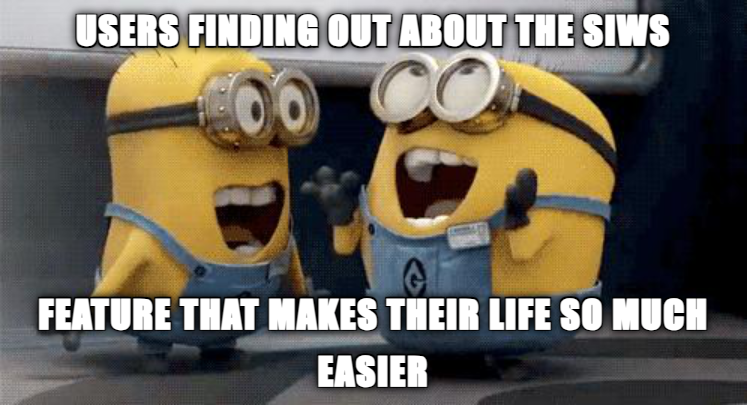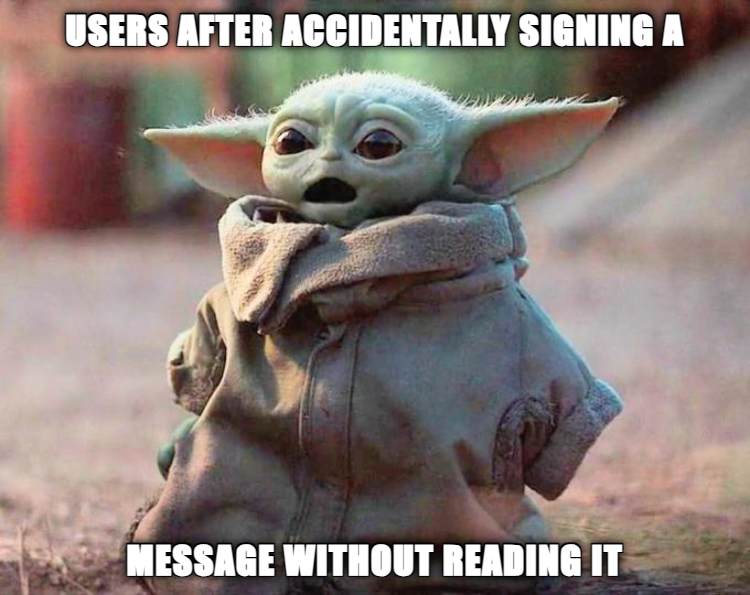The world of cryptocurrency and blockchain technology is constantly evolving, and a significant update has recently been brought to the scene by Phantom, the prominent wallet service provider on Solana. This update brings the new "Sign-In with Solana" feature, revolutionizing user authentication within the Solana ecosystem.
What the New Feature Offers
The "Sign-In with Solana" feature is designed to enhance user experience and security by replacing the traditional two-step authentication process. With this update, users can now authenticate themselves with a single click using their Solana address instead of going through multiple processes. The newfound streamlined process not only simplifies the user's interaction with applications but also reinforces the security measures in place as its construction is expected to delay the progress of malicious users.
In a nutshell, the current feature is more user-friendly, skips a tedious authentication process, and is more welcoming towards new users.

Issues with the Earlier Version
Prior to Phantom and Solana Labs coming up with this brilliant idea, the authentication process for Solana applications involved two major steps: the "connect" and "SignMessage" flow. The connect function would enable a user’s digital wallet to interact with the application, while “signMessage” would allow the user to cryptographically verify their identity. Apart from the whole process leading to user friction and potential security concerns, it was cumbersome for the new and inexperienced seasoned users. From their perspective, an unexpected signature popup with a message lacking readability is frightening. Even in the case of trusted applications, popup signatures were deemed as "confusing"- from an earlier statement by Phantom.

How the Current Feature Solves the Problems
The introduction of "Sign-In with Solana" effectively addresses these issues. By enabling one-click authentication using the Solana address, the previously disintegrated steps are brought into one single step. Thus, user experience is significantly improved. This frictionless process encourages more users to engage with Solana applications while maintaining a high level of security. Adding on, the chances of human error and potential security breaches are significantly reduced owing to the simplicity of the new update.
Implications for Solana Developers
It is a given that users will welcome this update with enthusiasm, as it simplifies their interactions with Solana applications. To say the least, the convenience and enhanced security will likely encourage more individuals to explore and adopt Solana-based services.
Fortunately, things are just as bright in the Solana developers' side. The one-click sign-in method, available as of Phantom version 23.11, allows Solana developers to prompt users to connect and sign a standardized authentication message and prove ownership of their addresses. According to Phantom, the sign-in method also provides developers with a robust API for creating standardized authentication messages.

In the traditional signing system, developers had to manage separate interactions for wallet connections and secure message signing. The integration also required handling various cryptographic operations and user interactions, which made the process only more complex. The current advancements with sign-in features address these issues. Developers no longer need to manage multiple steps or cryptographic operations. Moreover, the new method frees the developers from message construction by bestowing the responsibility on the wallet. This also allows Phantom to scrutinize elements such as the site’s domain or the time of message issuance to ensure legitimacy.
Conclusion
In conclusion, the "Sign-In with Solana" update introduced by Phantom is a significant step forward in enhancing user experience and security within the Solana ecosystem. Although the questions regarding the privacy and security issues of the system have not been sorted out with clarity, the system inherently seems to deter the advances of malicious hackers.
By simplifying the authentication process and addressing previous issues, this feature benefits users, developers, and the entire Solana community. As the adoption of this feature grows, the Solana ecosystem is expected to witness positive developments and increased community engagement.